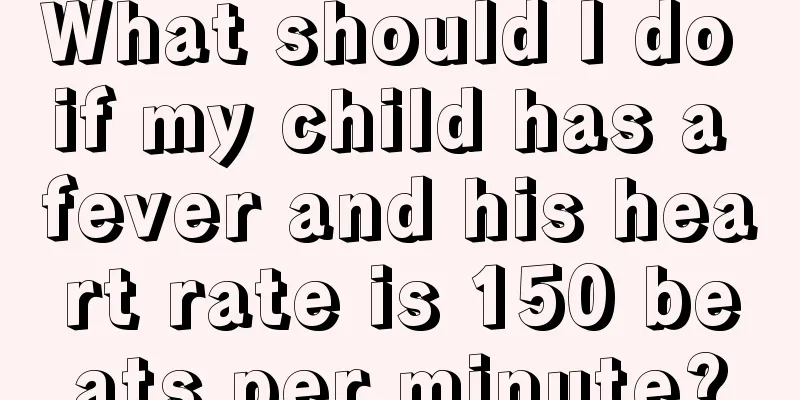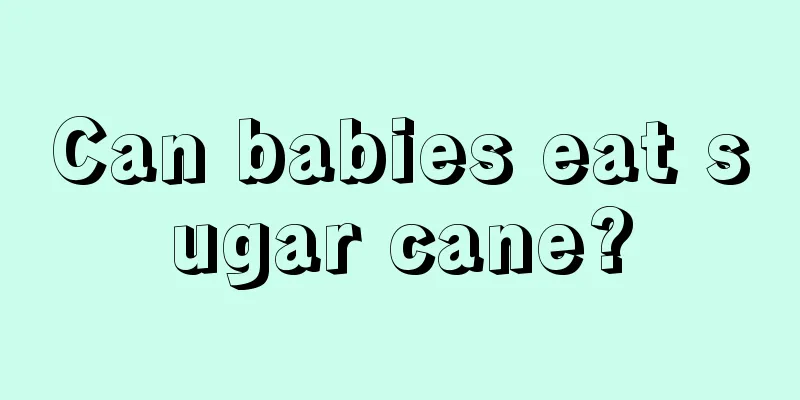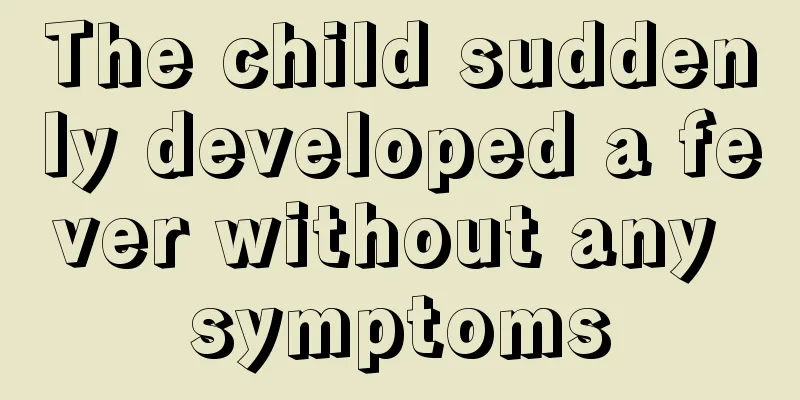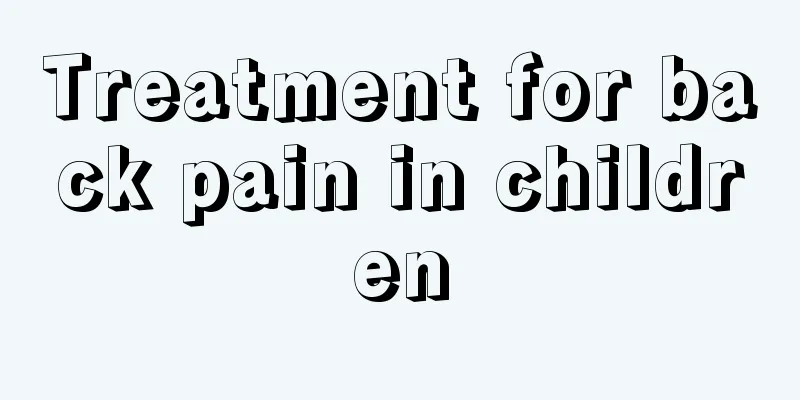How many baby teeth does a child have?

|
People will go through the stage of tooth replacement in childhood. After the replacement of deciduous teeth to permanent teeth, there will be no more changes in people's teeth. There are generally 20 primary teeth, and each one will be replaced. Of course, during the process of tooth replacement, many children have the problem of not losing their deciduous teeth, which needs to be dealt with in a timely manner. Next, I will introduce to you the relevant knowledge about children’s tooth replacement! 1. How many baby teeth should children replace? All 20 baby teeth need to be replaced. Baby teeth begin to erupt at around 6 months old, starting with the front incisors of the lower jaw, and all 20 baby teeth (10 in the upper row and 10 in the lower row) grow out at around 2 and a half years old. Generally, the baby starts to lose teeth at the age of six or seven, following the order in which the baby teeth grow. By the age of 12-13, all baby teeth are replaced by permanent teeth. 2. The order of children's tooth replacement The first permanent molar, also called the sixth-year molar, grows behind the last deciduous molar at around 6 years old. The lower central incisors erupt slightly earlier or at the same time. The deciduous lower central incisors fall out around 6 years old and the permanent lower central incisors erupt. At 7-8 years old, the upper deciduous central incisors fall out, the permanent upper central incisors erupt, the lower deciduous lateral incisors fall out, and the permanent lower lateral incisors erupt; At 8-9 years old, the deciduous upper lateral incisors fall out and the permanent upper lateral incisors erupt; At 9-12 years old, the first and second deciduous molars fall out, and the first and second bicuspids erupt; At the age of 10-12, the deciduous canines fall out and the permanent canines erupt. 3. Reasons why children’s deciduous teeth do not fall out 1. When new and old teeth coexist during tooth replacement, the deciduous teeth should be extracted. The fallen deciduous teeth have no roots and the fallen surface appears eroded. After the deciduous teeth are extracted, the permanent teeth will slowly move to the original position of the deciduous teeth due to the push of the tongue. At this time, if there is enough space, the permanent teeth can grow straight. If the juxtaposition of deciduous teeth and permanent teeth is ignored, it may cause uneven teeth arrangement or malocclusion, and it is also easy to cause tooth decay due to incomplete teeth cleaning. 2. Severe caries of deciduous molars can cause periapical infection, which can lead to adhesion and retention of the roots of deciduous teeth. At this time, the bad teeth should be repaired and treated as soon as possible. 3. The position of the permanent tooth germ is abnormal, the eruption tract is abnormal, and the permanent tooth will erupt ectopically. At this time, the root of the deciduous tooth is completely or partially not absorbed, resulting in the phenomenon of retained deciduous teeth. |
<<: Is it okay for children to sleep on a hard bed?
>>: What to do if your three-year-old child has allergies
Recommend
What should I do if my baby has allergies and itching? These methods are simple and effective
The baby's body is itchy and red, which is an...
What causes high platelet count in children?
Each of us has platelets in our blood. There is a...
Three and a half month old baby has unstable head holding?
Babies develop very fast, and bone growth is very...
Seven-month-old baby's smart performance
Babies are very smart. Many babies can experience...
What's wrong with the child's face?
We all know that taking care of children is a ver...
What should I do if my arm is swollen after getting a vaccination?
After the baby is born, timely vaccination is nec...
How to treat carbon monoxide poisoning in children
Carbon monoxide poisoning is a very common phenom...
Children's spleen and stomach food conditioning
Many families pay great attention to the physical...
What to do if a three-year-old child coughs
It is a common thing for children to cough. Howev...
What to do if your child is nearsighted
Nowadays, people’s lives are basically inseparabl...
What to do if your three-month-old baby gets cold and has diarrhea
Many parents will become very worried when their ...
What is the best water temperature for babies to swim?
Children need to take a bath and swim as soon as ...
What are the symptoms of mycoplasma infection in children?
After the microorganism Mycoplasma enters the hum...
How to prevent upper respiratory tract infection in infants
Infants are particularly prone to upper respirato...
Tourette syndrome
Tourette syndrome is a type of mental illness rec...









